The Harvard system, featuring its focus that is explicit on justice, comes at a fraught time for astronomy. Final fall, Buzzfeed’s Azeen Ghorayshi reported that famed exoplanet astronomer Geoff Marcy of this University of Ca at Berkeley was in fact intimately harassing students that are female years—even as institutional structures shielded him from repercussions. (Berkeley’s chancellor, Nicholas Dirks, just announced he’ll move down into the wake associated with the scandal.)
While awful, most of these high-profile tales may at the least bring a knowledge of this problems ladies face in astronomy. Since a 1992 meeting on feamales in astronomy in Baltimore, a sustained women’s movement has grown representation in the field. Yet because the Marcy tale illustrates, there is certainly nevertheless much work to be performed. Furthermore, Johnson yet others argue that just what progress happens to be made so far has mostly served to incorporate white females and maybe perhaps not ladies of color.
Recently, frank conversations about these issues empowered by Twitter, blog sites, Facebook groups, and conference sessions have actually meant that quite often, racial disparities are not any longer being swept underneath the rug.
By way of example, in Hawaii, some native Hawaiians are fighting the construction of an enormous new telescope atop a sacred hill. Whenever a senior astronomer described those protesters as “a horde of Native Hawaiians who will be lying,” other astronomers, including Johnson, fired back—forcing an apology and shaping future coverage associated with the contentious issue. Likewise, whenever remarks from Supreme Court justices John Roberts and Antonin Scalia questioned the worthiness of black physics pupils during a key affirmative action test in 2015, over 2,000 physicists used Google documents to signal a letter arguing the contrary.
“Maybe we’re just starting to recognize the methods for which we’ve been doing harm,” claims Keivan Stassun, an astronomer at Vanderbilt University. “It’s a concern of stopping the damage.”
Stassun has invested the final 12 years leading an attempt with synchronous goals to the main one at Harvard. The Fisk-Vanderbilt Bridge Program identifies promising pupils from historically black colored universities, and seeks to admit them into Vanderbilt’s doctoral system. In assessing skill, this program ignores the Graduate Record Exam or GRE, a supposedly meritocratic measure which is used by many graduate schools (and most astronomy divisions), and has a tendency to correlate with race and gender (on the quantitative area of the test, ladies score on average 80 points below guys and African-Americans 200 points below white test takers).
This system has already established stunning outcomes: “We’re now creating somewhere within a half and two-thirds for the African-American PhDs in astronomy,” says Stassun, that has Mexican and heritage that is iranian.
It’s no real surprise, then, that when a small grouping of astronomers of color prepared the Inclusive that is first-ever astronomy in June 2015, they opted for Vanderbilt to host. The seminar promoted inclusivity into the broadest feeling, encompassing competition, course, sex and sex, impairment and any intersections thereof. It concluded by simply making a few guidelines, that have been finally endorsed because of the United states Astronomical Society (AAS), along with Stassun’s recommendation to drop the GRE cutoff.
It will happen a moment that is triumphant astronomers of color. But on June 17, the initial evening associated with conference, national news outlets stated that a white guy had exposed fire in a historically black church in Charleston, sc. The mass that is racially-motivated killed nine African-Americans. Chanda Prescod-Weinstein, a University of Washington theorist and prominent activist at the seminar, felt that the tragedy offered white astronomers sufficient chance to see their black colored colleagues’ grief—and to convey their solidarity.
Yet the AAS remained silent. Prescod-Weinstein states she had been astonished and disheartened, considering the fact that the corporation had talked down on issues like Marcy’s sexual harassment, sexism therefore the training of creationism in public areas schools, and finally authorized other areas of the inclusivity seminar. (A representative when it comes to AAS stated that the corporation “issues statements just on issues straight pertaining to astronomy one way or another.”)
As Prescod-Weinstein penned in a contact: “What does it suggest for AAS to consider the recommendations, while still finding it self not able to formally utter the words вЂBlack lives matter’?”
Johnson pioneers ways that are new find exoplanets. This past year, Aowama Shields reported that this 1, Kepler-62f, may have water that is liquid. (Tim Pyle / JPL-Caltech / NASA Ames)
right Back within the classroom at Harvard, everyone’s focus is Aomawa Shields, the UCLA astrophysicist, that is teaching today’s course.
Since 2014, Shields happens to be modeling the atmospheres of planets around other stars. Recently, she made waves by showing that Kepler 62f, probably the most tantalizing planets discovered by NASA’s Kepler telescope, might have water—and that is liquid, perhaps, life—on its area. Before her technology Ph.D., she got an MFA in theatre. Today, she actually is utilizing both levels to describe a presenting and public speaking workout designed to assist pupils get together again their twin identities as boffins so when humans in a global influenced by competition as well as other socioeconomic forces.
After her directions, the undergraduate astronomy students split up into pairs. First they share an account from their lives that are personal. After two mins, an iPhone timer goes down, and additionally they change to technical information of the research, trading college crushes for histograms. Whenever timer goes off once more, they switch right straight back, causing the whiplash to be a Person and Scientist in the exact same time—an experience that most researchers grapple with, but that students from underrepresented minorities frequently find especially poignant.
Following the pupils have finished the workout, Shields asks: “Why do you consider I’d you will do that activity?” From across the space, the reactions begin to arrive.
“I feel just like I became chatting from my brain, and then from my heart.”
“For me personally it helped link life and research.”
The other pupil describes her difficulty picking out the proper analogy to describe a process that is technical. She actually is composing computer code to locate in the disk of debris around a celebrity, combing for disruptions that could tip the location off of a concealed planet. Various other circumstances, Hope Pegues, a increasing senior at new york Agricultural and Technical State University, may not speak up. However in this environment, she seems comfortable sufficient among her peers which will make an indication.
“Maybe it is like looking at the straight straight back of a CD, https://hookupdate.net/pl/shaadi-recenzja/ to locate where it is skipping,” she says.
Her peers snap their fingers, and she soaks within their approval. “i will go with days,” she says.
About Joshua Sokol
Joshua Sokol is a technology journalist situated in Boston. His work has starred in brand New Scientist, NOVA Then, and Astronomy.

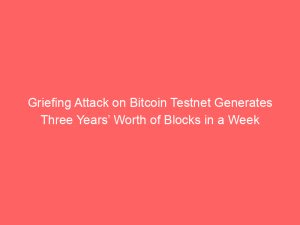






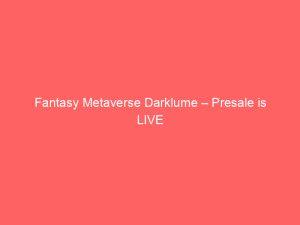
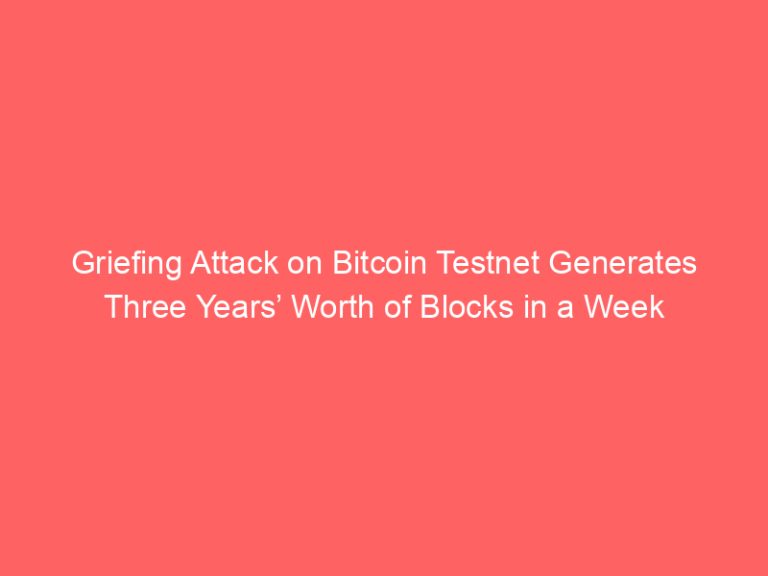
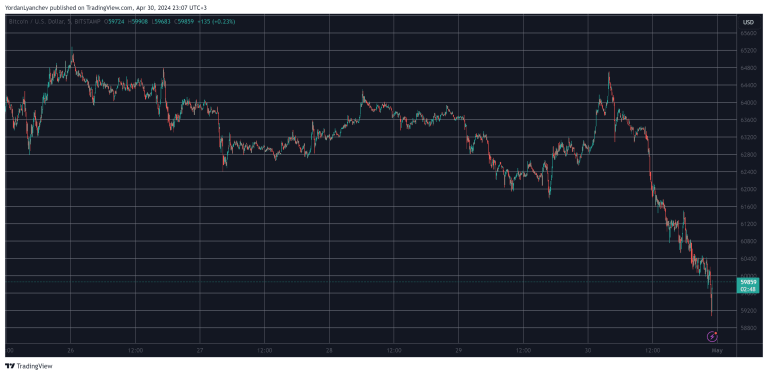

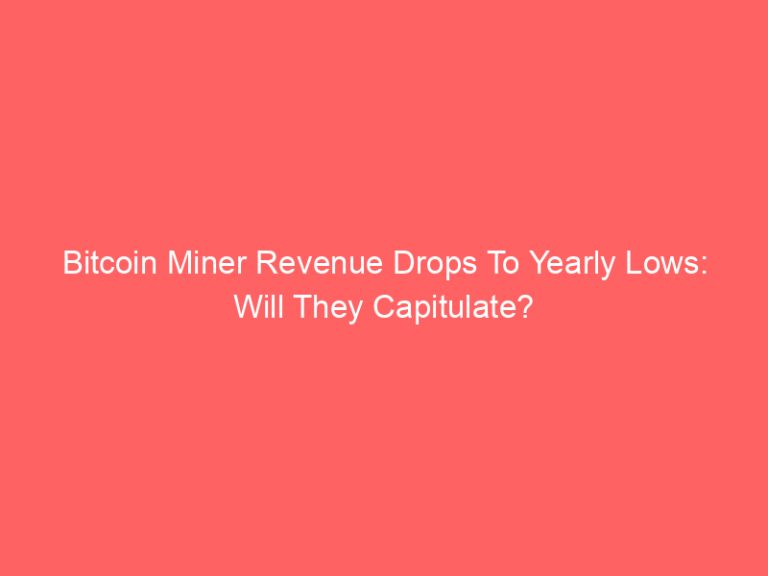



+ There are no comments
Add yours